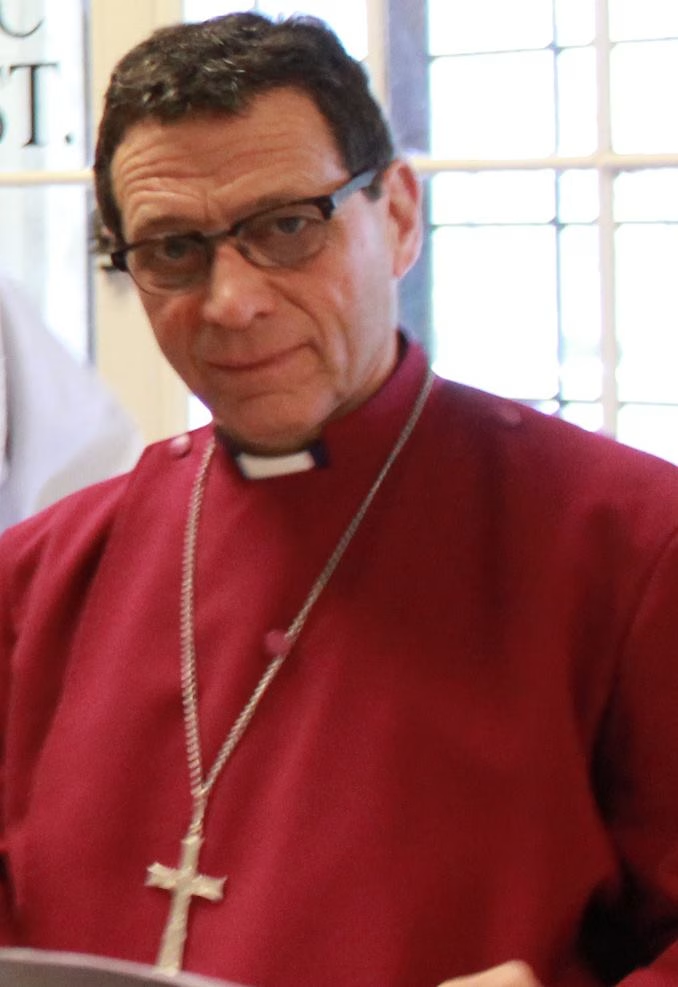A Living Text.
-
Rutayisire says Kagame is not Autocratic Enough
In a 2006 article about Rick Warren’s involvement in Rwanda, Anglican pastor Antoine Rutayisire said that President Paul Kagame might be too democratic. The article says: “He is not authoritarian to the level I would wish,” says Antoine Rutayisire, a Tutsi African evangelist and vice chairman of the Rwandan government’s Unity and Reconciliation Committee. “When…
-
More of Radner on Rwanda
Ephraim Radner’s article in First Things is not the first time he has looked at Rwandan Anglicans. Writing for the Anglican Communion Institute in 2009 Radner did an excellent job of laying out the background of conflicts in the DRC and Rwandan problems. He turned to Anglican related issues and said: The current and often antagonistic disagreements…
-
Rucyahana and Mbanda
“The one who states his case first seems right, until the other comes and examines him.” Proverbs 18:17 John Rucyahana recruited and raised funds for M23,1 wrote an editorial calling for the secession of provinces in the neighboring DRC,2 denounced Europe at the behest of Paul Kagame,3 is connected to warlord Bosco Ntaganda,4 is connected to…
-
The One Egg Charity
I mentioned One Egg to a Rwandan I was speaking with one day. One Egg is a 501c3 organization that aims to provide children in Rwanda with eggs for their development. The individual I spoke with said: The “One Egg” program is a serious mockery and…I don’t even know [what] to call it…why stop people…
-
Taiga Meibun
Writing about the thinking of a defeated Hirohito post World War II, David Bergamini says: Hirohito had always minimized the danger of democratic sentiments taking hold in Japan. He felt that the Anglo-American type of government was too individualistic to be compatible with Japanese society. In a democracy each voter needed a conscience of his…
-
John Rucyahana and Rose Kabuye
This post provides another example of Bishop John Rucyahana’s close ties to the Kagame government, not that any more evidence is needed. A bit of background to set it up: Rose Kabuye was a fighter in the RPF invasion force that took over Rwanda before and during the genocide of 1994. She rose to be…
-

Examining Breedlove’s Defense of Rwandan Anglicans
They that forsake the law praise the wicked: but such as keep the law contend with them. Proverbs 28.4 I was going to continue looking at the “Peace in the Great Lakes” effort launched last month in a new post, but instead I will tie that effort to the recent posts of PEARUSA Anglican Bishop…
-
Theological Tensions within GAFCON
Andrew Atherstone attended GAFCON and wrote an insightful review of the conference (here) including this: Theological tensions were further exposed in a seminar on the complementary charisms of catholicism and evangelicalism by Gavin Ashenden (former chaplain of Sussex University, trained at both Oak Hill and Heythrop), an entertaining but provocative speaker whose comments demonstrated the…
-
GAFCON and the East African Revival
This week, GAFCON speakers spoke of the East African Revival as an ideal for GAFCON to emulate. While the mass conversions it produced are an amazing testimony to its fruitfulness, we should also note some of its other aspects. Brian Stanley’s article on the East African Revival (from the Churchman magazine) says: In May 1936…
-
The Disintegration of The Catholic Church Of Rwanda, II
Saskia Van Hoyweghen’s article The Disintegration of the Catholic Church of Rwanda gives us a window into the pre-genocide climate amongst Christians. She writes: Historically the Catholic Church in Rwanda developed into a prominent institution, of which the subsequent regimes have often been called mere extensions. As such the Church was, just like the state,…